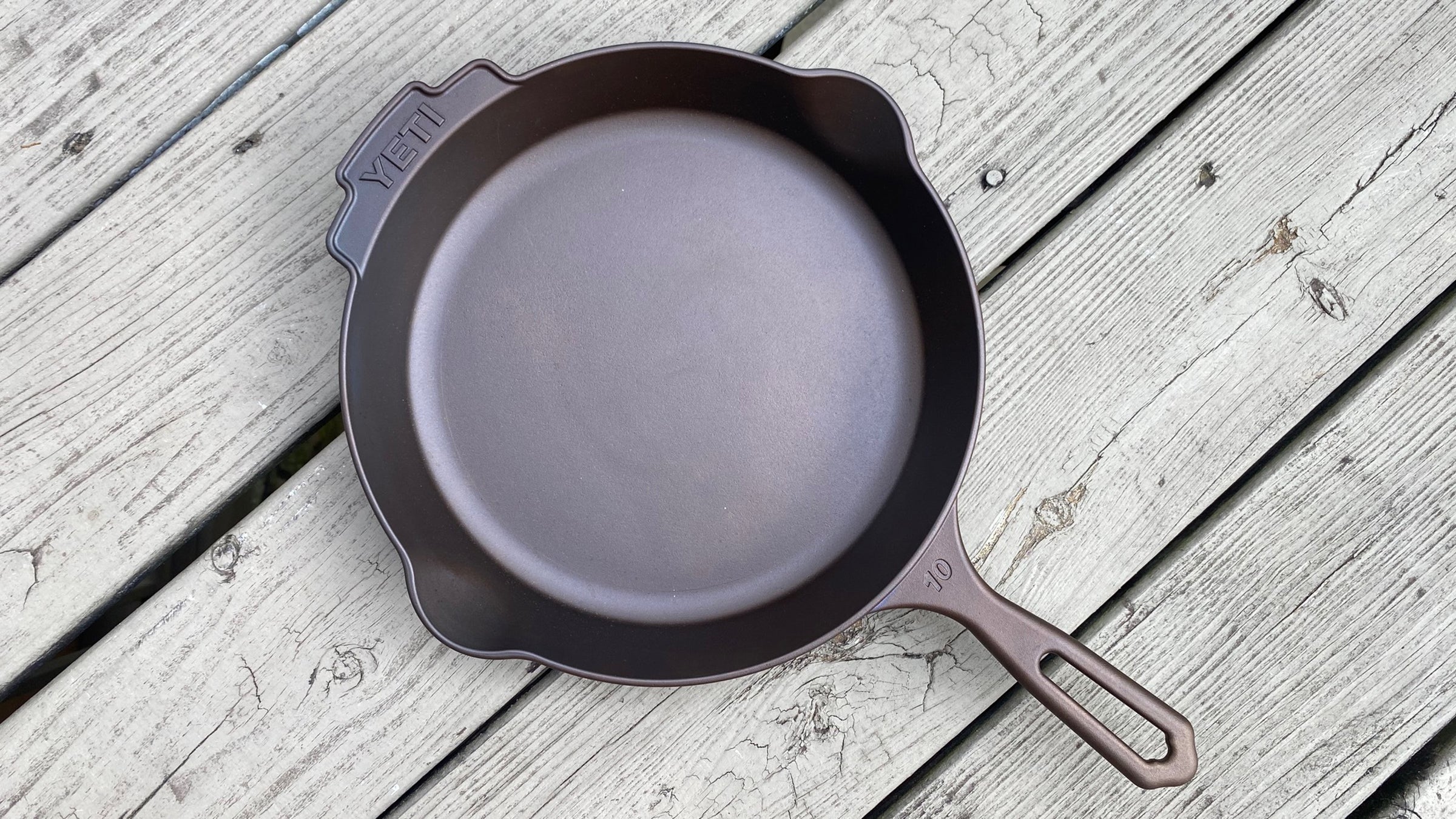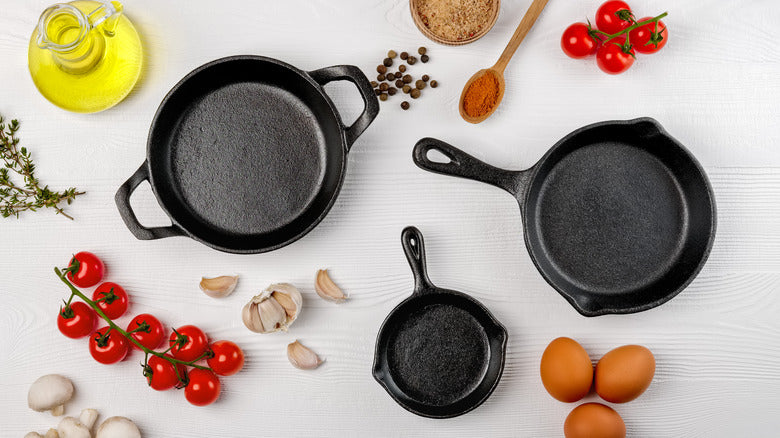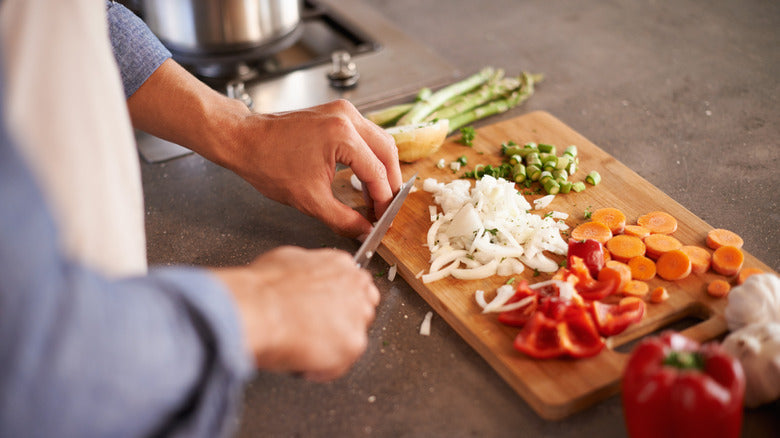Keeping your electric skillet clean might seem like a chore, especially for culinary experts who frequently utilize this handy kitchen tool. However, mastering the art of cleaning an electric skillet can greatly boost its durability and efficiency.
This guide will take you through various techniques and methods to ensure your electric skillet remains in top-notch condition. From selecting the right cleaning materials to outlining step-by-step procedures, lets explore the best practices for maintaining your electric skillet.

Why You Should Clean Your Electric Skillet Regularly
Regular maintenance is vital for all kitchen appliances. With electric skillets, routine cleaning goes beyond aesthetics; it's crucial for performance and safety.
Over time, grease and food particles can accumulate, compromising the cooking surface and even posing health risks. Here are some compelling reasons to keep your electric skillet clean:
- Prevents Flavor Transfer - Residual flavors from previous meals can alter the taste of new dishes.
- Promotes Safe Cooking - Built-up grease poses a fire risk if the skillet isnt kept clean.
- Increases Lifespan - Regular maintenance is key to sustaining your skillet's condition and ensuring it serves you longer.
Essential Cleaning Supplies
Before diving into the cleaning process of how to clean an electric skillet, prepare the following tools:
- Soft sponge or cloth
- Dish soap
- Baking soda
- Water
- Plastic scrubbing brush
- Microfiber towels
A Step-by-Step Guide to Cleaning Your Electric Skillet
Now that you have all your supplies ready, lets walk through the detailed steps for cleaning your electric skillet:
-
Unplug and Cool
Make sure the skillet is unplugged and has cooled down completely before starting the cleanup process. -
Remove Detachable Parts
Take off any removable components such as the lid or cooking plate. -
Wash with Soapy Water
Use a soft sponge to wash the skillet with warm soapy water. Steer clear of abrasive cleaners or sponges as they may scratch the surface. -
Address Stubborn Stains
For tougher stains, make a paste of baking soda and water, apply it to the affected areas, and scrub gently. -
Rinse and Dry
Thoroughly rinse the skillet to eliminate soap residue, and dry it using a microfiber towel. -
Reassemble
Once everything is dry, reattach any removable parts.
Common Cleaning Mistakes to Avoid
While cleaning your electric skillet, be mindful of these common pitfalls:
- Avoiding Abrasive Cleaners - Such products can damage the non-stick surface, diminishing effectiveness.
- Submerging in Water - Dont soak an electric skillet; this can harm its electrical components.
- Neglecting the Heating Element - Ensure to clean the heating element carefully, as residue buildup can affect cooking performance.
Pro Tips for Advanced Skillet Care
For culinary professionals, implementing additional care tactics can yield superior results:
- Regular Upkeep - A quick clean after each use can prevent major buildup.
- Consider Liners - Using disposable skillet liners can simplify the cleaning process post-cooking.
- Proper Storage - Always store your skillet in a clean, dry place to keep it free from dust and grime.
When to Consider Professional Help
If your electric skillet shows signs of significant damage or retains stubborn odors, seeking professional cleaning services might be your best bet.

FAQs
1. Can I use steel wool to clean my electric skillet?
No, steel wool can scratch the non-stick layer of the skillet. It's advisable to stick with soft sponges or cloths.
2. Is it safe to immerse my skillet in water?
No, never immerse an electric skillet in water, as this can damage the electrical parts. Use a damp sponge for cleaning instead.
3. How can I remove burnt food from my electric skillet?
For burnt food, create a baking soda and water paste, apply it to the stubborn area, let it sit for a bit, and gently scrub it off.
For more insights on kitchen appliance maintenance, check out this resource from Over the Fire Cooking. Additionally, you can explore our other articles, including popcorn in a saucepan and cooking sirloin in the oven.
As an Amazon Associate, I earn from qualifying purchases.






Leave a comment
This site is protected by hCaptcha and the hCaptcha Privacy Policy and Terms of Service apply.